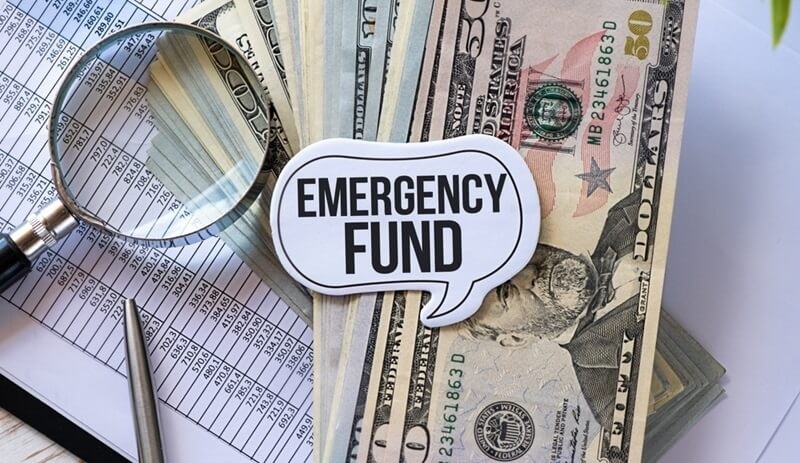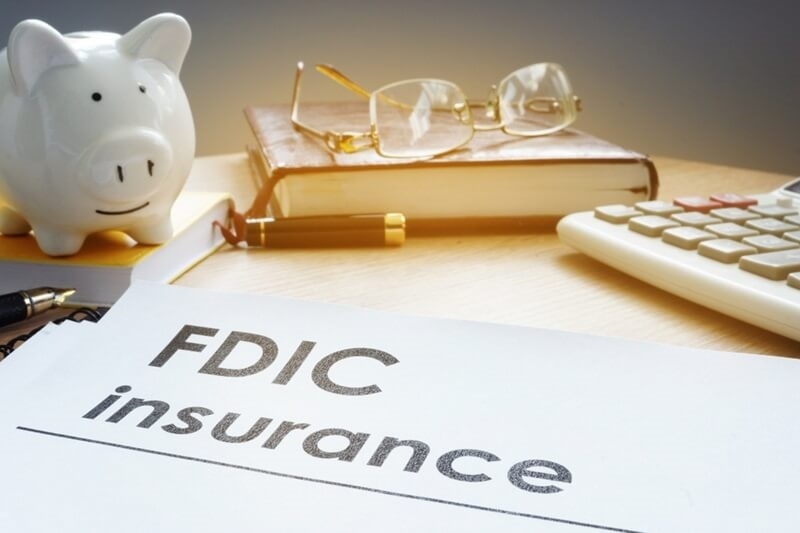
Life can throw some situations, like a sudden medical bill, a car that needs fixing, or even losing your job. If you have some savings, these situations won't be as stressful. That's why it's a good idea to build an emergency fund. But where should you keep that money?
A regular savings account might not be the best place. You might want to look into the best savings accounts for emergency funds. In this article, we'll talk about what makes a good account for this, give you some good choices for 2025, and give you some simple tips to get started.
An emergency fund is money you set aside for important, unplanned stuff. It's not for fun things like vacations or shopping. It's for things like:
Experts recommend saving enough to cover at least three to six months of your usual expenses. Starting with even a small amount, like $500 to $1,000, can really help. The main thing is to start and add to it when you can.

Not every savings account is good for an emergency fund. You want one that keeps your money safe, lets you get to it easily, and helps it grow.
Here are five things to look for:
Here are a few good options. They all have high interest rates, no fees, and helpful tools.
Ally is a popular choice. It's an online bank, so there aren't any branches, but their app and website are easy to use.
Why it's good:
Ally also lets you put your savings into different buckets for different goals. This can be helpful if you want to keep your emergency money separate from your other savings.
Discover is well-known for credit cards, but it also has a good savings account.
Good things about it:
They also have a simple app with features that let you save automatically. You can set up automatic transfers from your checking account pretty easily.
Capital One is a good mix of a modern app and access to physical branches in some places.
What's to like:
Capital One lets you name your savings goals and keep track of them. If you want to stay motivated while you're building your emergency fund, this is a good choice.
Synchrony is an online bank, so it doesn't have branches, but it gives you some of the best interest rates out there.
What's great about it:
If your main thing is to grow your savings, this account will give you some top returns in 2025.
Marcus is another online bank. People like it because it's simple and has some cool saving tools.
Things to know:
Marcus is great if you're just beginning to save. You can automatically have money in your account and easily see how much you have, which is awesome if you're new to this.
A high-yield savings account gives you better interest than a normal account. So, your money grows faster. For example, a regular bank might give you 0.01% interest, but a high-yield account might give you 4.00% or even more.
In 2025, many online banks are offering some of the best high-yield savings accounts. The only thing is, they might not have local branches. But that's usually OK for your emergency fund.
All the accounts I've mentioned are with banks that the FDIC insures. But what does that really mean for you?
The FDIC, or Federal Deposit Insurance Corporation, makes sure your money is safe, up to $250,000 per person, at each bank. So, even if the bank closes, your money is still protected. That's one less thing to worry about.
Before you open any savings account, make sure the bank has FDIC insurance. It's super important.
If you're new to saving, some banks have tools that can help. They can:
Apps like Ally, Capital One, and Marcus are really good for this. They're designed to help you out. You don't need to be an expert to get going.
Saving can be tough when you're busy. Auto-save features can help. They move a little money into your savings automatically—every day, week, or month.
Even $10 a week adds up to $520 in a year. You probably won't even notice it's missing. Many of the best savings accounts for your emergency stash have this.
Turning on auto-save is a smart move to build your emergency fund without even thinking about it.
Here's a quick guide:
If your bills are $2,000 a month, a full emergency fund would be $6,000 to $12,000. It might seem like a lot, but don't stress. Just start with what you can.
Here's how to open and get going with a savings account:
The main thing is to stick with it. Even small contributions can add up.
Here are some common errors to avoid:
By not making these mistakes, you can safely protect your money, and it can grow exponentially.
Having an emergency fund is valuable as a safety net when life throws you curveballs. The easiest way to get started is by making sure your bank has FDIC insurance and offers a simple and easy way to save automatically.
If you are new to this, choose a bank that has tools that are simple and easy to understand, and use. There is no need to be intimidated when beginning, start small, be regular in your saving, and you will find your emergency fund growing slowly but surely!
This content was created by AI